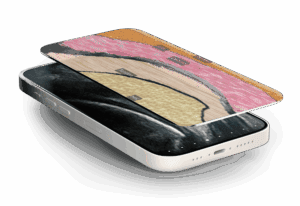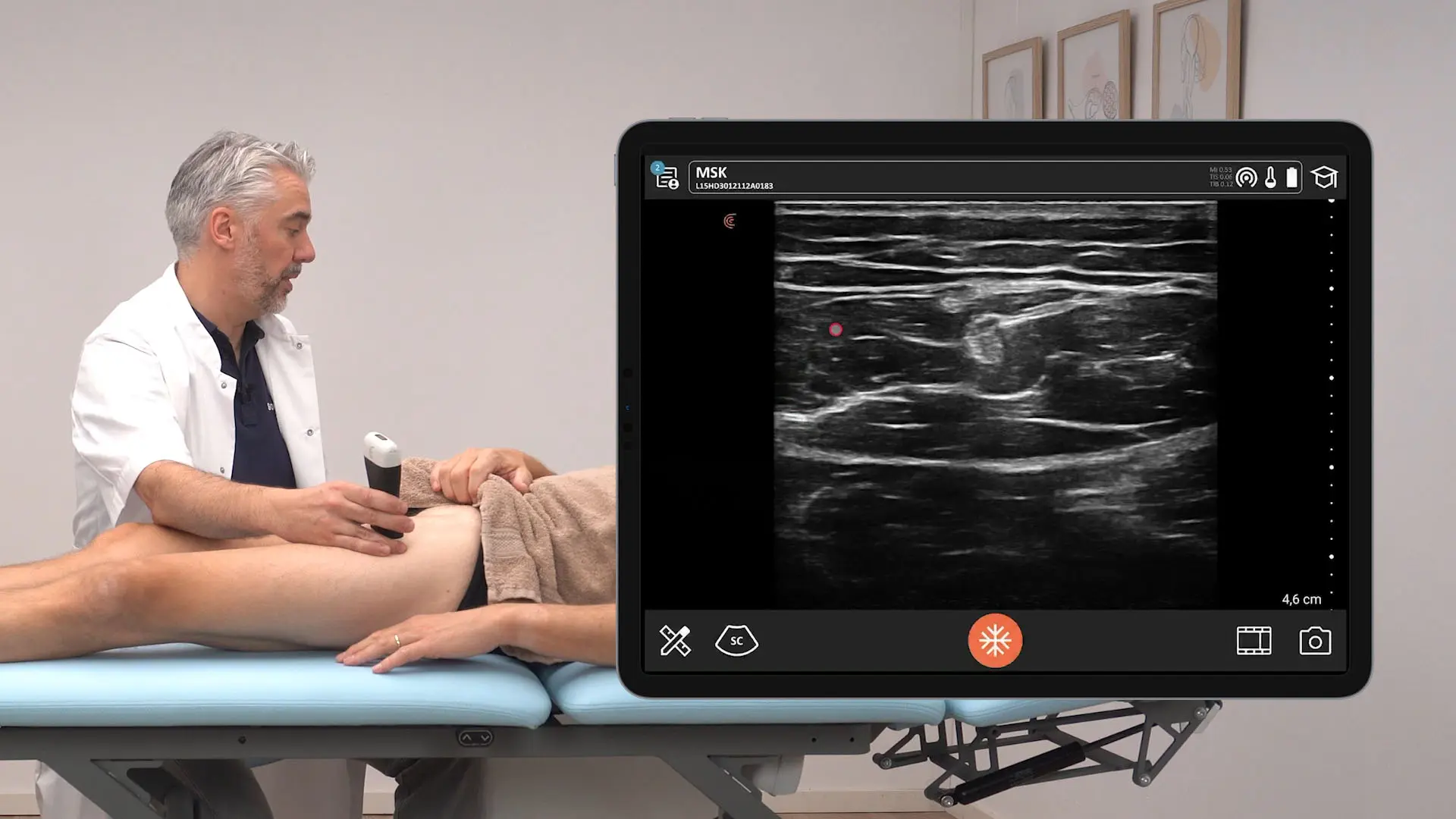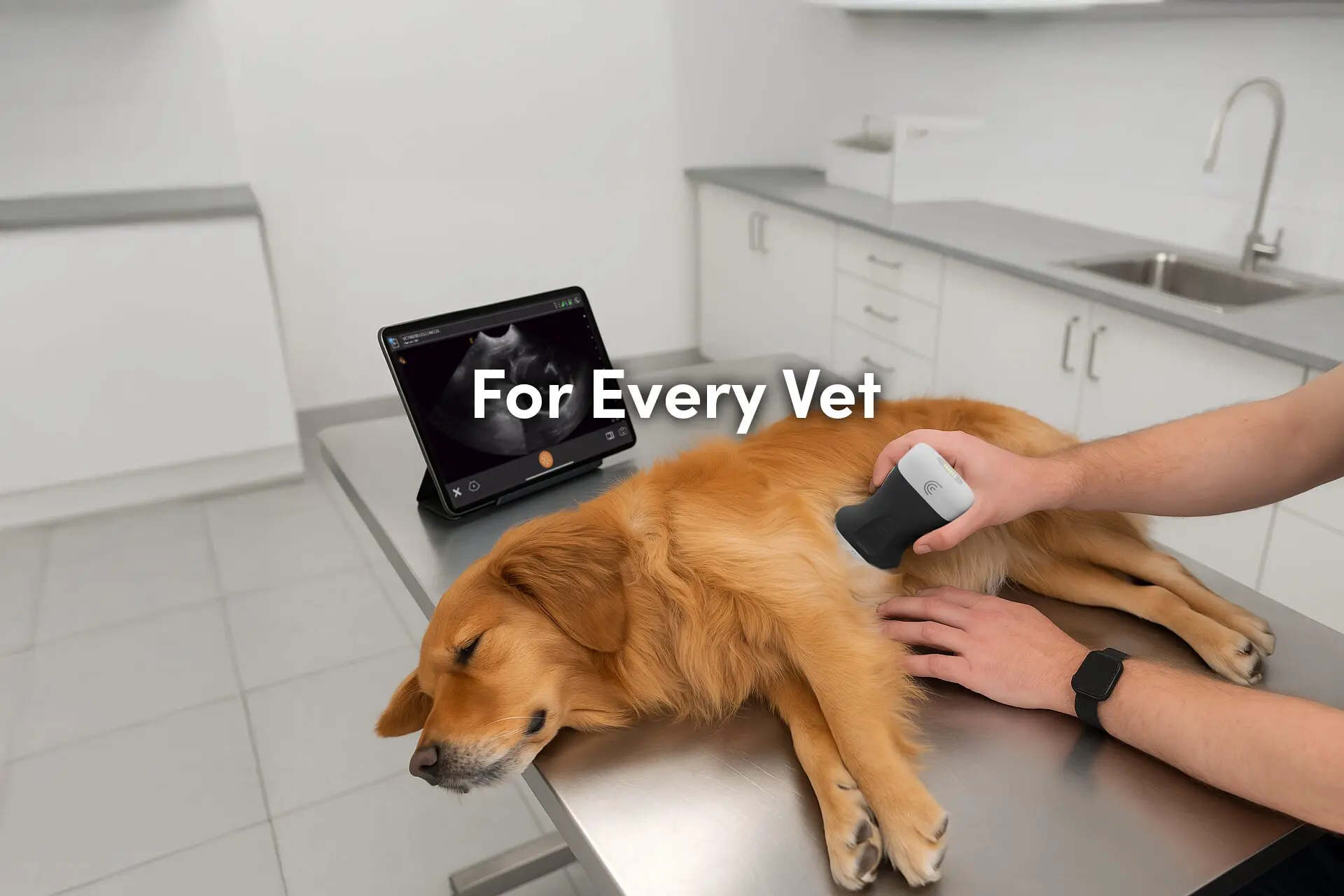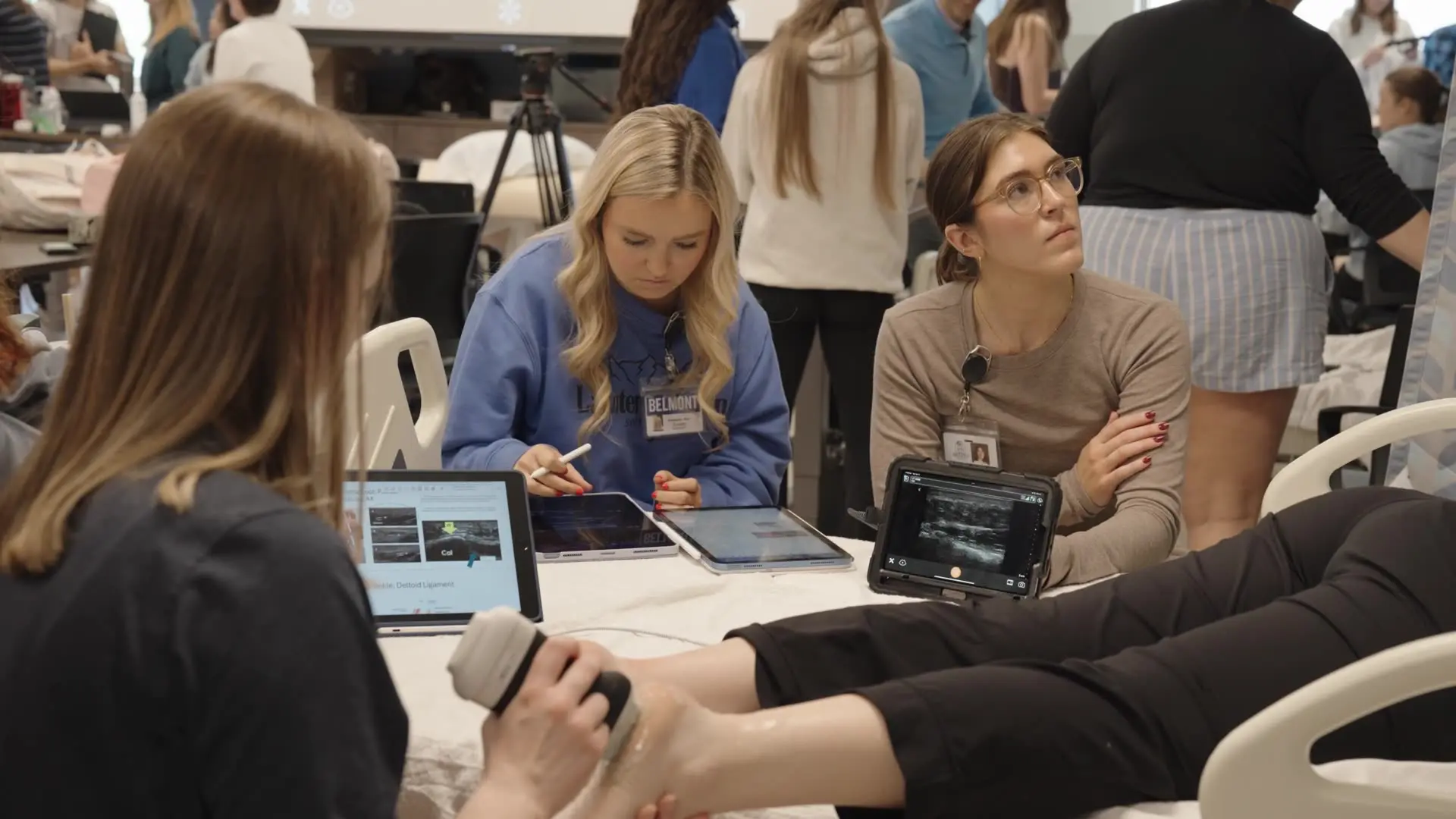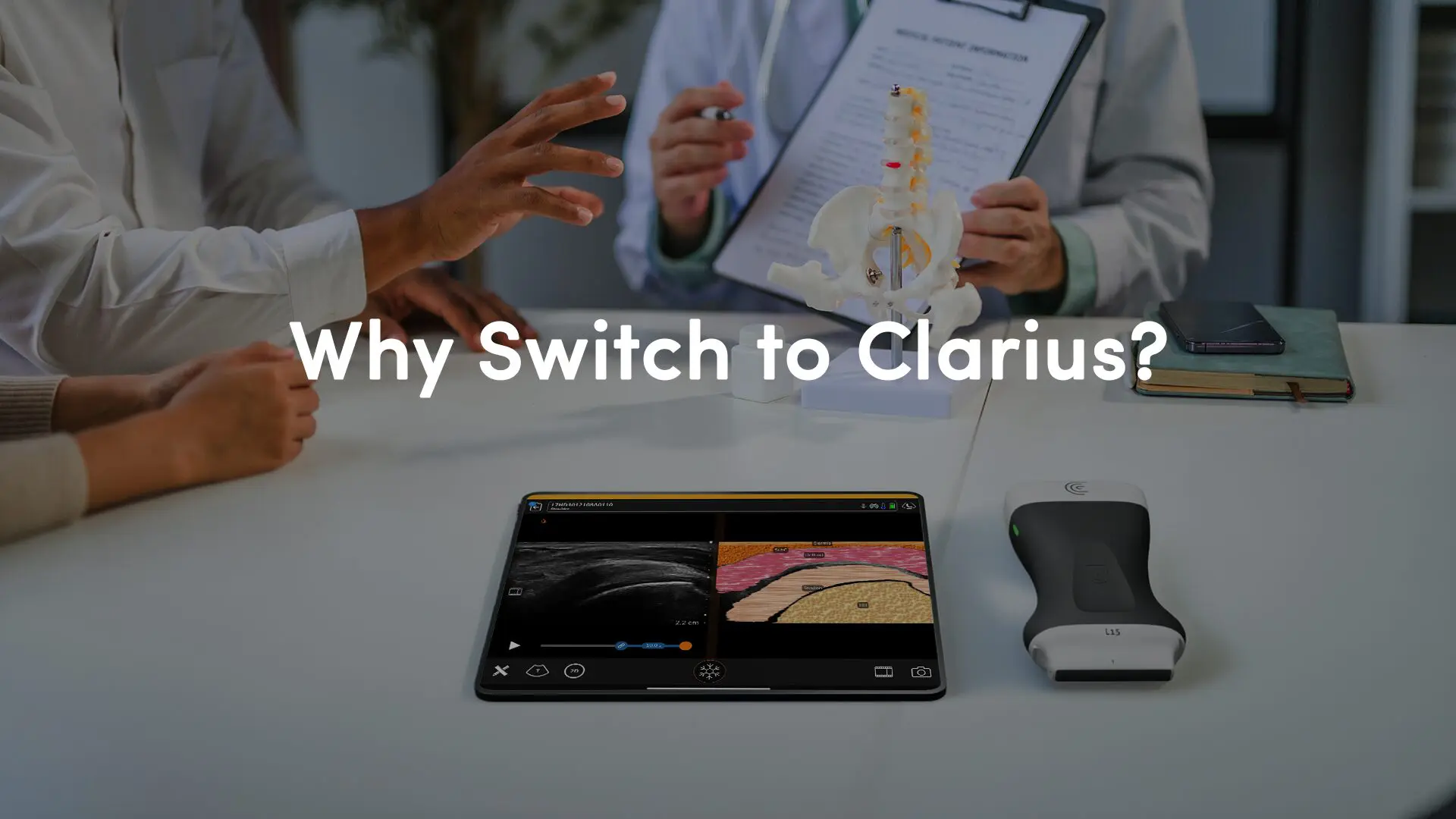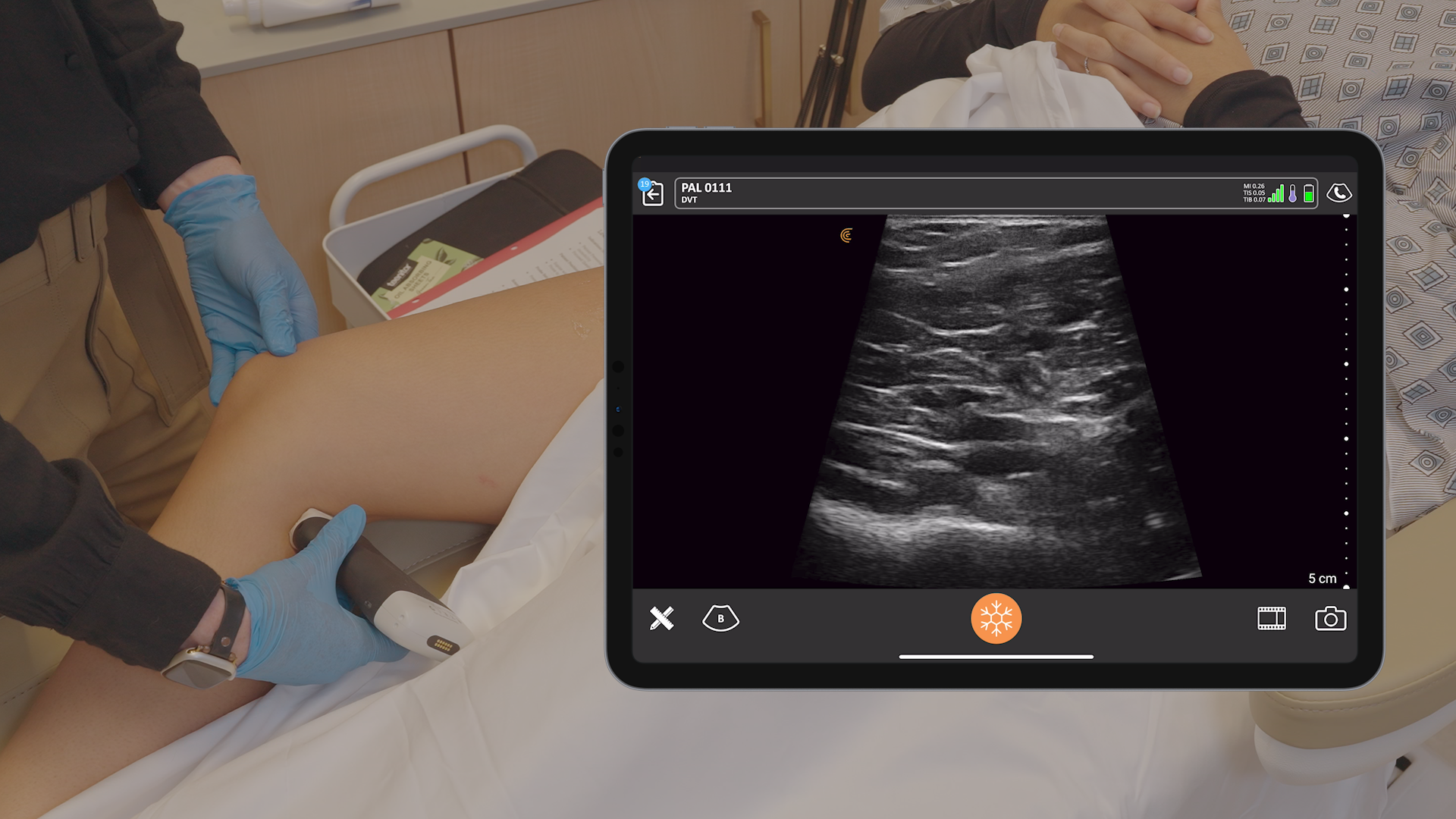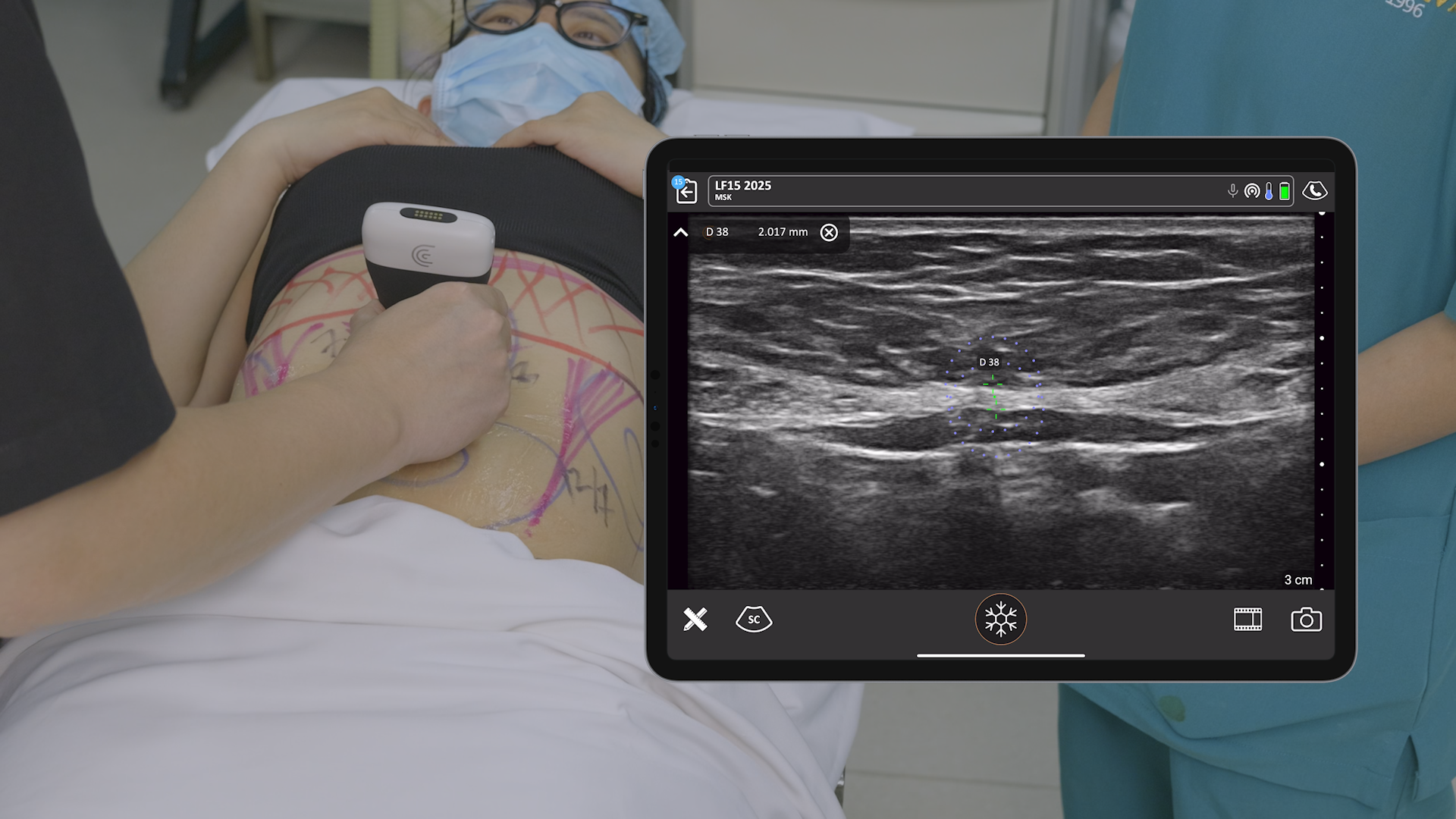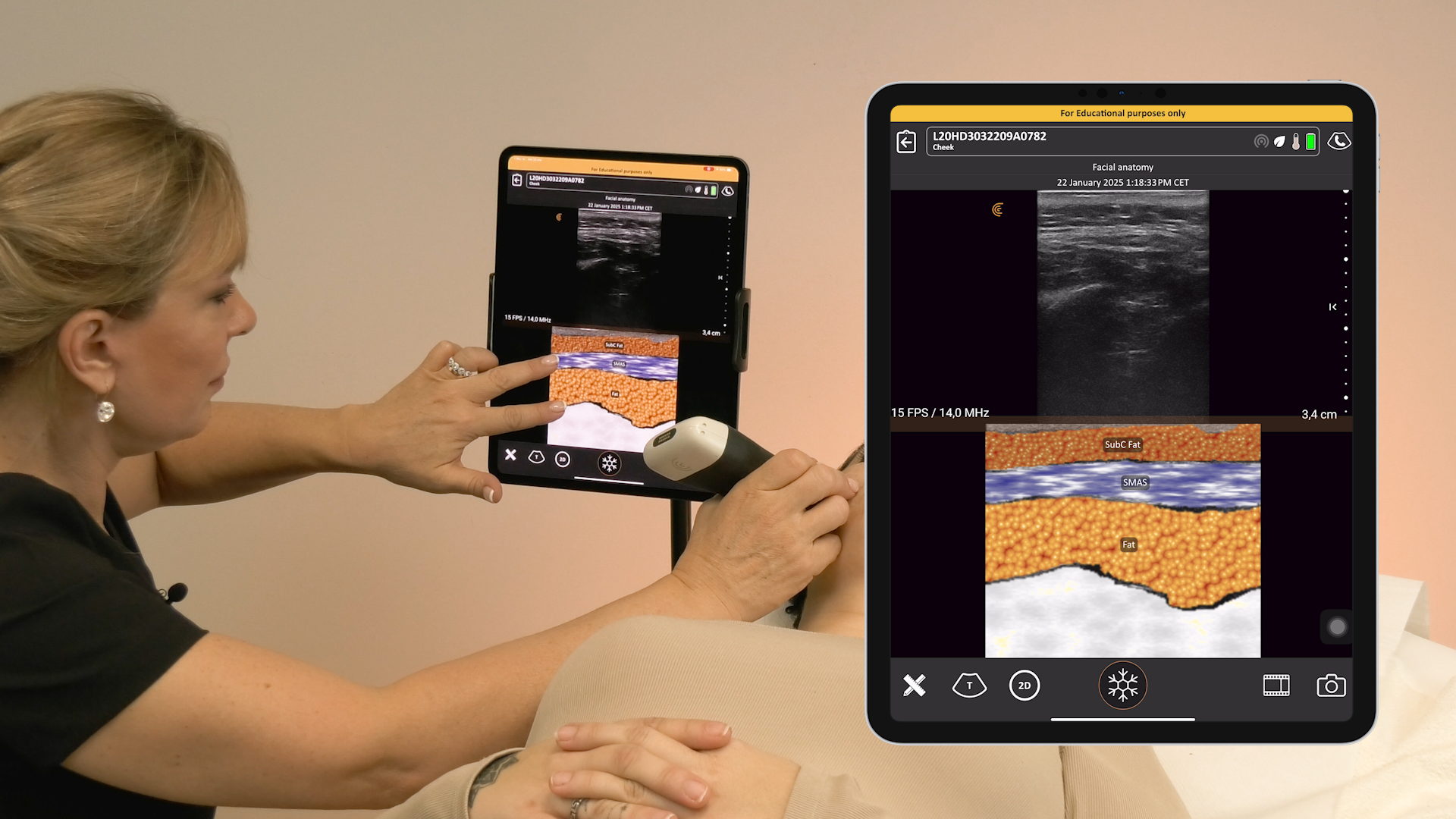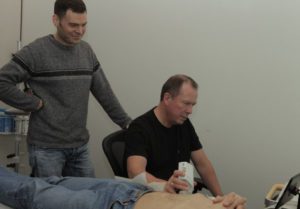Laurent Pelissier, Chairman and CEO, Clarius Mobile Health
Ten years ago, when Facebook was still a student project and the iPhone didn’t exist, if someone predicted that we would be able to take National Geographic-quality photos with our mobile phones and then post them on the Internet for anyone to see instantly, most of us would have been skeptical.
At Clarius, we believe that ten years from now, every medical professional will replace their stethoscope with a high resolution ultrasound scanner. Are you skeptical?
I believe ultrasound technology is entering a new phase. From the 1970’s to the mid 1990’s, we were in phase one when we saw ultrasound develop from rudimentary imaging to good quality imaging that is close to what we have today. The very big jump in performance occurred thanks to progress in electronics and piezoelectric material processes.
Phase two, initiated by Sonosite in the late 1990’s and which continues today, was a significant push for miniaturization. The imaging performance of a 400lb system can now be achieved in a laptop system that is less than 10lbs. Along with miniaturization, systems became more affordable, and new users (the „point of care“ users) found useful applications for ultrasound outside of the traditional settings of radiology, obstetrics and cardiology.

Today, many emergency physicians use laptop ultrasound systems to assess internal bleeding on trauma patients, providing invaluable information for triage in hospitals and in the field. Anesthesiologists use ultrasound to guide local anesthetic injections and nurses are able to place PICC lines more confidently and safely. Ultrasound is widely accepted as an essential tool that improves clinical outcomes and reduces healthcare risks and costs in a vast number of clinical settings.
We’re now entering phase three of ultrasound development. This is when the barriers for mass adoption of ultrasound imaging will be removed. Specifically, ultrasound scanners will become affordable as a personal device, they will become easier to use, and training to generate and interpret images will be more readily available. Phase three is enabled by the convergence of miniaturization, automated algorithms and connectivity. This is when we will see the wishful concept of a visual stethoscope become a reality. We will see the true democratization of ultrasound imaging, where every medical professional is able to own and operate a miniature ultrasound scanner in their daily practice, enabling them to easily see inside patients to understand health issues, rather than just listening with a stethoscope.
At Clarius Mobile Health, we have brought together world experts in ultrasound technology, miniaturization of medical devices and mobile devices with the goal of controlling costs and simplifying the workflow, without compromising on image quality. As a result, we are the first to achieve the necessary balance of miniaturization, affordability and imaging performance that will make it possible for ultrasound technology to be in the hands of every healthcare professional that needs it.





